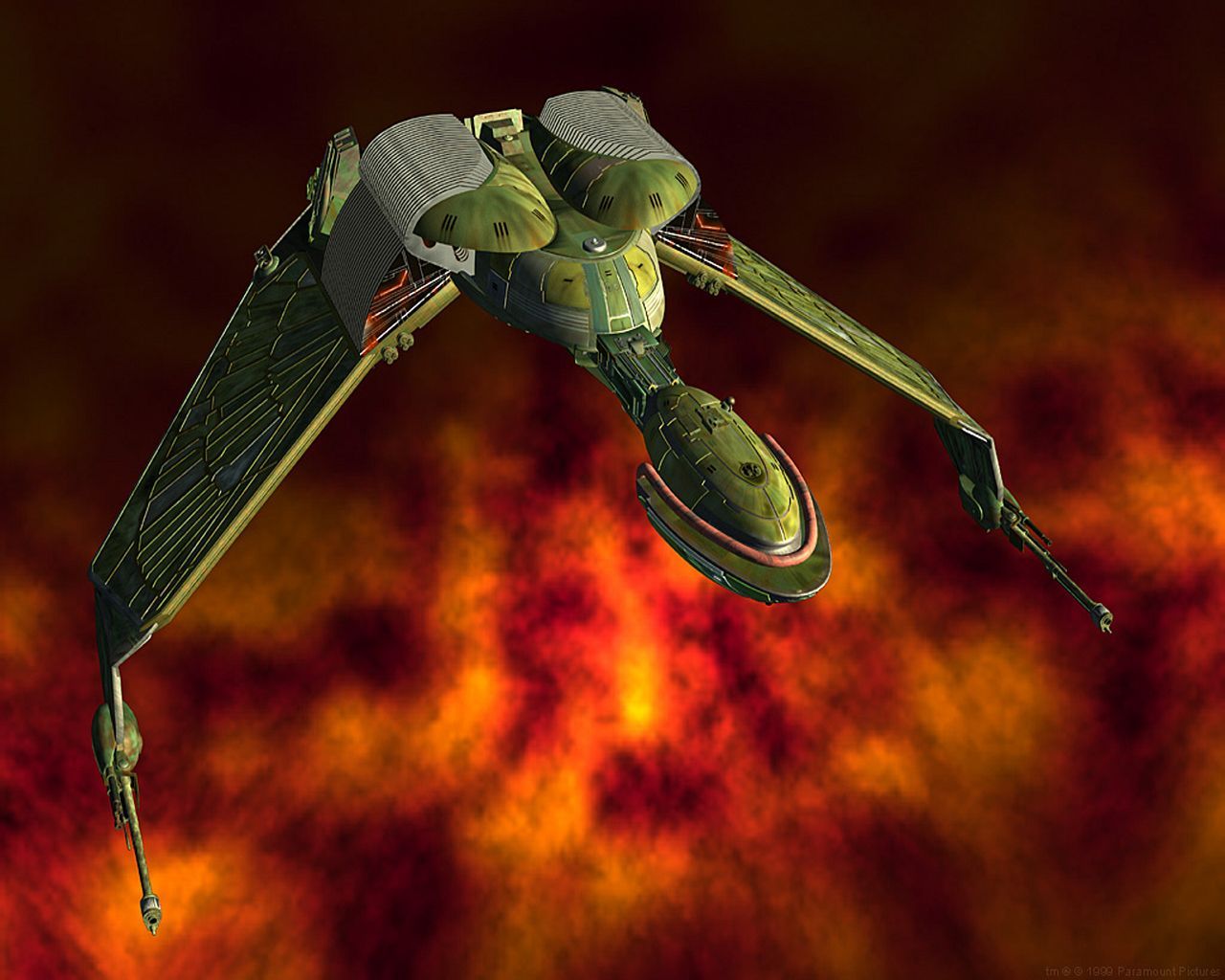Hey guys, I’ve been using Linux Mint and Windows 11 via a dual boot setup on two laptops for a while.
I hardly ever use Windows 11, except on my work laptop, so I want to delete it from my personal laptop.
How can I do this? What is the safest and easiest way, and what should I bear in mind?
Thank you in advance for your answers, and have a sunny day!
Put a GParted ISO on a thumb drive using Rufus or BalenaEtcher, in your BIOs change the boot order so that GParted boots first, boot into GParted an then readjust/delete your partition as you need be.
Pretty straightforward for the most part.
Hi, noob here and currently putting together a carried USB drive, does this work with ventoy?
I honestly never tried Ventoy myself so I can’t really give you a proper answer to this however, after reading into it I see no reason why it wouldn’t work? So long as GParted can access the systems disks there shouldn’t be an issue.
Many are suggesting deleting the Windows partition and resizing the Linux one, but another option is to back up your data and do a fresh Linux install.
During setup, you can delete all partitions and create new ones—ideal if you want to separate the root system and /home folder. Keeping system and user data on separate partitions makes future reinstalls easier, as your personal files can be preserved.
deleted by creator
Delete windows partition with your preferred tool and
update-grubshould remove the item from boot menu. Then, depending on your partitioning schema, you can either create a new partition in the empty space and mount it however you like or expand your existing linux partition, but options there depend on how your partitioning has been originally built and if you can leverage things like LVM or ZFS when expanding the usable storage.And, while pretty obvious, make sure to only delete the correct partition and all data stored on that will be lost, so make sure you don’t have anything important on windows side of things.
gpartedis a straightforward partition editing tool, in case you’re not aware, OP.
You should have a live USB of the distro you want to use and ensure you have backups of all the data you care about. Then the easiest/quickest/least error prone way is to just wipe the whole drive and reinstall the distro from the live USB. They typically have an option to wipe and install things from an empty drive. Then just restore your data from your backups.
You could also, after creating backups, from a live USB environment delete the windows partitions and resize the linux ones - being careful not to delete the EFI partition as that is where the boot loader lives. You can optionally delete the windows boot loader from the EFI partition as well. If done right you should still be able to boot into your linux system afterwards though when missing with partitions like this, especially when you don’t know what you are doing, it can be easy to break the boot systems. These can be fixed from a live environment and there are many guides out there on how to do that.
You can always just reinstall the system again if you mess things up and cannot figure out how to fix them - so always prep for that case by backing up everything you care about first.
Step 1: make a backup / clone the disk
Step 2: double check the backup
Step 3: Assuming you’ve got a grub bootloader, boot into Linux Mint, use GParted or Gnome-Disk-Utility
Step 4: Identify your NTFS Windows 11 partition, the utility should show if it is mounted or not (it should not be mounted unless you added it to /etc/fstab
Step 5: resize your Linux mint partition (ext4fs), & make sure you don’t accidentally move the partition
Step 6: sudo update-grub to remove the entries for Windows 11 since it doesn’t exist anymore
More info on if you’ve got an HDD vs SSD, MBR vs GPT partitioning, or a screenshot of your partition table from either of the disk utilities in step 3 would help us help you
This misses the step where you delete the windows partition - between steps 4 and 5. You have to delete the NTFS partition and resize your linux partition to fill the empty space.
You can also create a new linux partition if you wanted as a separate space to store stuff.
Gparted. I’m pretty sure it’s bundled with Mint. Identify which partition it is, then simply delete it. Then you can create a new partition on the newly unallocated area or extend an existing partition onto it.
You might have to edit the bootloader’s boot entries and remove the Windows boot manager.
Edit I haven’t tried this myself, but from what I can find the gparted part is not necessary. You can get rid of Windows and re-use it for Linux with a single command:
btrfs device add / /dev/old_windows_partition. The rest of the considerations below still apply.The answer to the question you asked is: make sure you know which partition it is and run
dd if=/dev/random of=/dev/<partition> bs=1024. Then you’ll probably want to find which boot loader you’re using and remove the Windows option. That will delete Windows.To re-use the free space, which most folks are focusing on, might be far easier than all of the other comments.
Odds are decent that you’re using btrfs. Most reasonable Linux distros default to it, so unless you changed it, it’s probably btrfs. With btrfs, you can simply change the position type and add it to your existing filesystem.
- Use the program
gparted. You can do all of this on the command line with fdisk, but gparted is a GUI program and is easier if you’re more comfortable with GUIs. Find the Windows partition, make sure you now it’s the Windows partition and not the boot partition (the boot partition will be the really tiny one), click on the Windows partition and choose the “change partition type” function to switch it to a Linux partition. There will be warnings; heed them, double check, and then save and exit. - Add the old Windows partition to your existing filesystem with:
btrfs device add / /dev/sdx2. This adds the partition/dev/sdx2to the filesystem mounted at/– your root partition. Replace/dev/sdx2with whatever partition Windows used to be on.
That’s it. Now your Linux filesystem is using the old Windows partition. Without changing the boot options, when you reboot your system may still believe there’s a Windows to boot into. If you’re using EFI, it should just disappear, but with grub you’ll have to tell grub that Windows isn’t there anymore or else it’ll keep offering it to you at each boot.
You are almost certainly not using RAID, so you don’t need to worry about rebalancing.
Summary: it is very likely your distribution used btrfs for your Linux partition. In that case, the absolute easiest way to get rid of Windows and use it for Linux is to add the partition to your btrfs filesystem. No reformatting, repartitioning, reinstalling; just tell btrfs to use it and you’re done.
- Use the program






